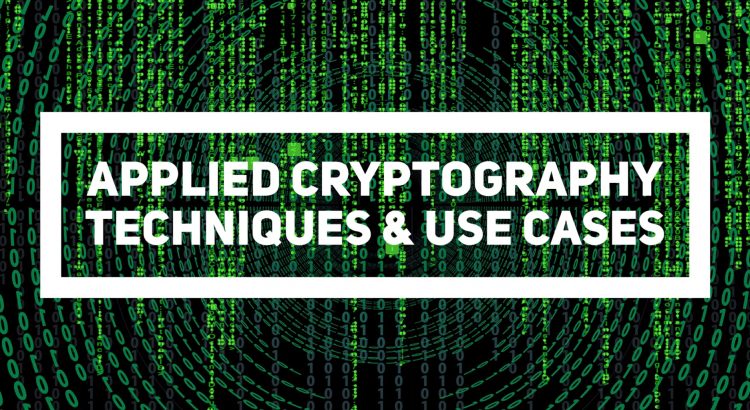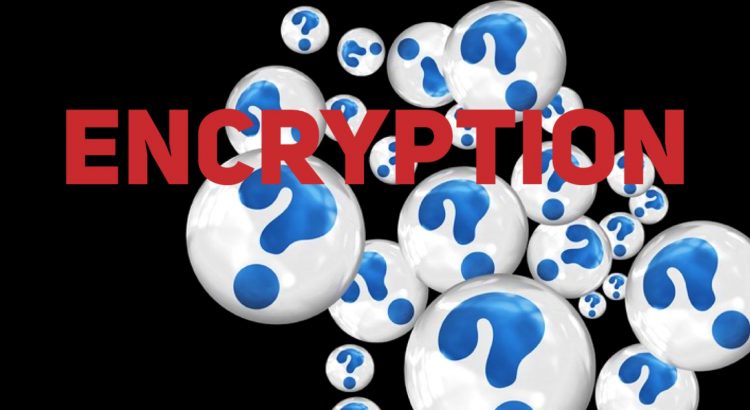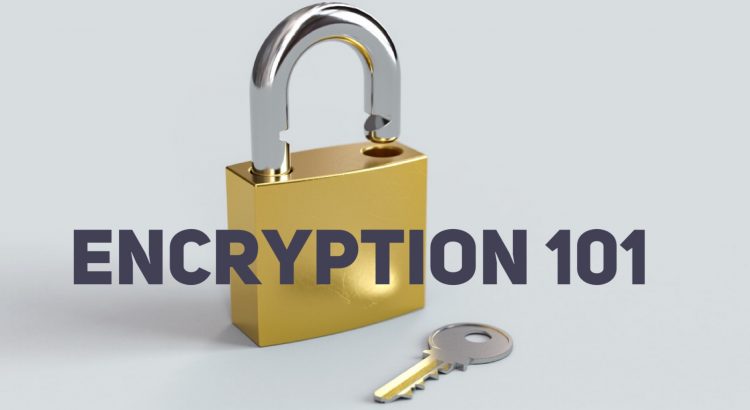The rapid growth in infrastructure to support real time and continuous collection and sharing of data to make better business decisions has led to an age of unprecedented information storage and easy access. While collection of large amounts of data has increased knowledge and allowed improved efficiencies for business, it has also made attacks upon that information—theft, modification, or holding it for ransom — more profitable for criminals and easier to accomplish. As a result, strong cryptography is often used to protect valuable data.
The SNIA Networking Storage Forum (NSF) has recently covered several specific security topics as part of our Storage Networking Security Webcast Series, including Encryption 101, Protecting Data at Rest, and Key Management 101. Now, on August 5, 2020, we are going to present Applied Cryptography. In this webcast, our SNIA experts will present an overview of cryptography techniques for the most popular and pressing use cases. We’ll discuss ways of securing data, the factors and trade-off that must be considered, as well as some of the general risks that need to be mitigated. We’ll be looking at:
Read More


